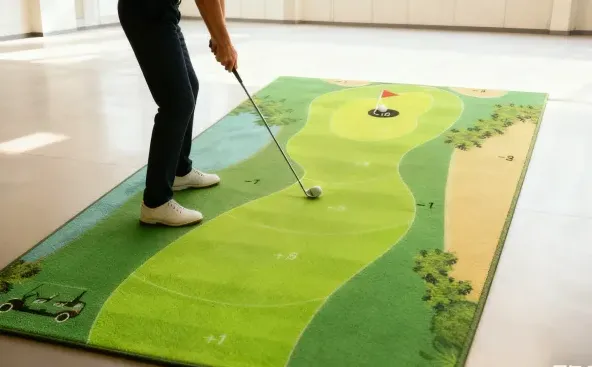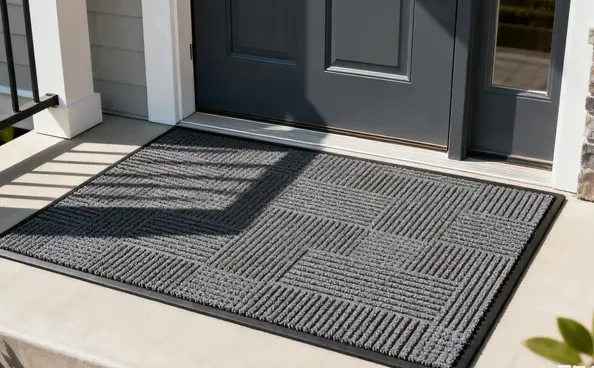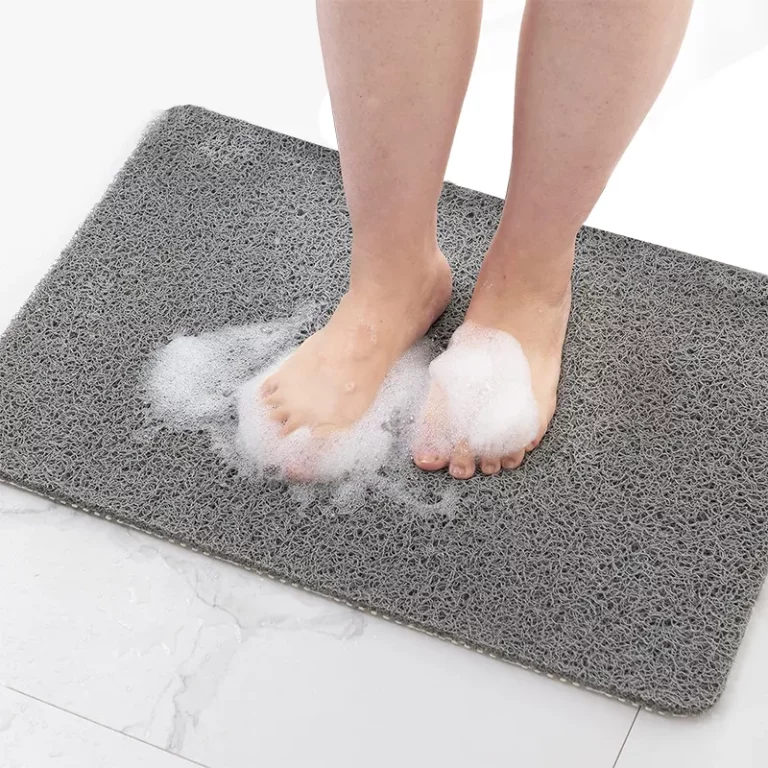A Look Inside Our Mat and Carpet Manufacturing Process
Ever wondered how that plush 양탄자 under your feet came to be? From ancient Persian rugs to modern floor coverings, the art of carpet production has evolved tremendously. This article unveils the intriguing 생산 과정 of carpets and rugs, highlighting the craftsmanship behind every thread. Dive in to discover the history, techniques, and innovation that go into creating these everyday masterpieces.

목차
What Is the History of Carpet Making?
그만큼 history of carpet making dates back thousands of years, with the oldest known 깔개 being the Pazyryk Carpet from Siberia, dating around 500 BC. Early carpets were primarily handwoven by weavers in regions like Persia (modern-day Iran), where intricate Persian rugs became renowned for their beauty and craftsmanship.
Early Beginnings
- Hand-Knotted Rugs: The original carpets were hand-knotted, a labor-intensive process that could take months or even years.
- 천연섬유: Early carpets were made using 천연 섬유 좋다 양모 and silk.
“Carpets and rugs have been made for centuries, reflecting the culture and artistry of their makers.”
How Are Carpets Manufactured Today?
In the modern 카펫 산업, manufacturing has shifted from handcrafting to mechanized processes, significantly increasing production rates.
The Manufacturing Process
- Designing: Creating patterns and selecting colors.
- Fiber Preparation: Selecting and preparing 카펫 섬유 좋다 나일론, 양모, 또는 acrylic.
- Tufting: Using a tufting machine to insert yarn into a carpet backing.
- Dyeing: Applying 먹이다 to achieve desired colors.
- 마무리 손질: Adding secondary backing and treatments for durability.
Modern techniques have doubled carpet production, making carpets more accessible without compromising quality.
What Is the Tufting Process in Carpet Production?
Tufting is the most common method in modern 카펫 제조, accounting for about 90% of all carpets produced.
Understanding Tufting
- Tufting Machine: A machine pushes yarn through a backing material to create loops.
- Cut Pile and Loop Pile: The loops can be left intact (loop pile) or cut (cut pile) depending on the desired texture.
Tufting is the process that allows for rapid production and diverse designs in the 카펫 산업.
How Does Weaving Contribute to Carpet Construction?
While tufting dominates today, traditional weaving carpets remains an art form.
Weaving Techniques
- Looms: Carpets are woven on looms, intertwining warp (vertical) and weft (horizontal) threads.
- Types of Weave:
- Wilton Weave: Uses a jacquard mechanism to create complex patterns.
- Axminster Weave: Allows for unlimited color variations.
Weaving provides exceptional durability and intricate patterns, often found in high-end 러그와 카펫.
What Materials Are Used in Carpet Manufacturing?
The choice of 섬유 impacts the carpet’s appearance, durability, and feel.
Common Fibers
- 양모: 아 natural fiber known for softness and resilience.
- 나일론: A durable synthetic fiber resistant to wear.
- Acrylic: Offers wool-like appearance at a lower cost.
- 폴리에스터: Provides vibrant colors and is stain-resistant.
그만큼 fiber used determines the carpet’s performance in different settings.
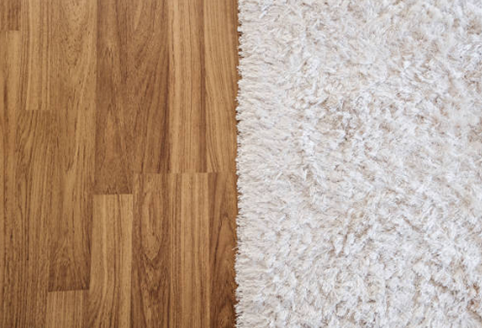
What Is the Role of Dye in Carpet Making?
Dye adds color and life to carpets, affecting both aesthetics and quality.
Dyeing Methods
- Solution Dyeing: Color is added to the fiber during production, resulting in fade-resistant carpets.
- Stock Dyeing: Fibers are dyed before being made into yarn.
- Piece Dyeing: The completed carpet is dyed, allowing for flexibility in color selection.
The choice of dyeing technique influences the carpet’s 얼룩 resistance and colorfastness.
Understanding Carpet Fibers: Natural vs. Synthetic
Carpet fibers fall into two categories: 천연 섬유 그리고 합성섬유.
천연섬유
- 양모: Renewable, biodegradable, and luxurious.
- Silk: Used in high-end handmade carpets for its luster.
합성섬유
- 나일론: Durable and versatile.
- Polypropylene (Olefin): Moisture and 얼룩 resistant.
- 폴리에스터: Soft and vibrant.
선택 중 natural fiber 그리고 synthetic fiber depends on factors like budget, usage, and personal preference.
How Are Handmade and Hand-Knotted Carpets Created?
Handmade 그리고 hand-knotted rugs represent the pinnacle of carpet craftsmanship.
The Craftsmanship
- Hand-Knotted: Artisans tie individual knots, creating patterns and designs.
- Knots per Square Inch: A higher knot density indicates finer quality.
Hand-knotted carpets and rugs are treasured for their uniqueness and can become valuable heirlooms.
What Are the Different Types of Carpet Weaves?
그만큼 weave affects the carpet’s texture, appearance, and durability.
Common Weave Types
- Cut Pile: Features sheared fibers for a soft, plush feel.
- Loop Pile: Uncut loops provide a durable surface.
- Cut and Loop: Combines both for patterned textures.
- Saxony: Smooth, densely packed fibers.
이해하기 type of carpet weave helps in selecting the right 바닥재 for your space.
How to Identify Quality Carpets and Rugs
선택하기 고품질 카펫 involves considering material, construction, and craftsmanship.
Tips for Identifying Quality
- Examine the Fiber: Look for durable materials like 양모 or high-grade 나일론.
- Check the Weave: Tighter weaves generally indicate better quality.
- Feel the Texture: 그 softness and density can reveal a lot.
- Inspect the Backing: A strong carpet backing adds stability.
- Knot Density: In hand-knotted rugs, more knots per square inch signify higher quality.
Visiting a reputable 카펫 매장 can provide access to a variety of quality carpets.
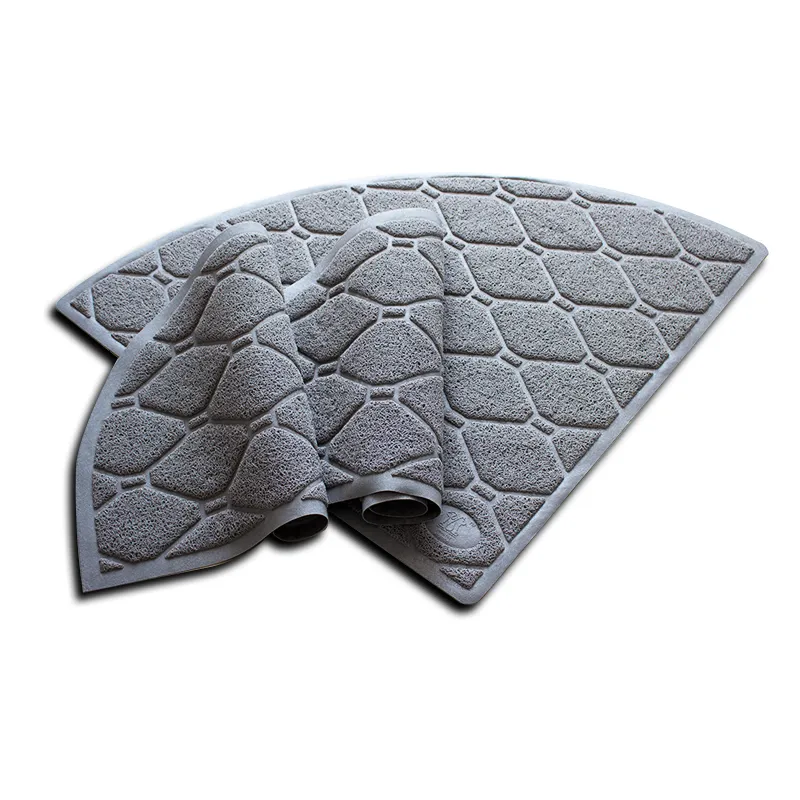
Alt: PVC cat litter mats
결론
The journey of a 양탄자 from raw material to the finished product is a blend of art, tradition, and technology. Whether it’s a hand-knotted rug or a machine-made 터프티드 카펫, understanding the 생산 과정 enriches our appreciation for these everyday items. By recognizing the different materials, techniques, and qualities, you can make informed choices for your home or office.
기억해야 할 가장 중요한 점
- History of Carpet: Carpets have evolved from ancient hand-knotted techniques to modern manufacturing.
- Tufting Process: Dominant in today’s 카펫 산업, enabling mass production.
- Materials Used: Natural fibers 좋다 양모 그리고 합성섬유 좋다 나일론 are commonly used.
- Weaving Techniques: Traditional weaving offers durability and intricate designs.
- Dye Methods: 그 먹이다 technique affects color vibrancy and 얼룩 resistance.
- Quality Indicators: Fiber type, weave tightness, and craftsmanship determine 고품질 카펫.
- Handmade vs. Machine-Made: Hand-knotted rugs are unique and often more valuable.
- Types of Weaves: Includes cut pile, loop pile, and more, each offering different textures.
- Careful Selection: Understanding these aspects helps in choosing the right 양탄자 귀하의 요구 사항에 맞게.
Related Articles
- PVC 고양이 모래 매트 – Explore durable mats for your pets.
- 미끄럼 방지 계단 매트 – Enhance safety with quality stair coverings.
- 루프 파일 키즈 매트 – Fun and safe mats for children’s play areas.
By embracing the rich tapestry of carpet production, you not only adorn your space but also honor a tradition that has woven communities together for millennia.

